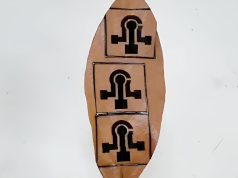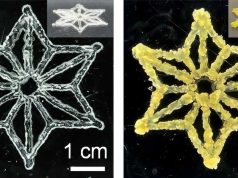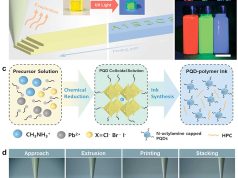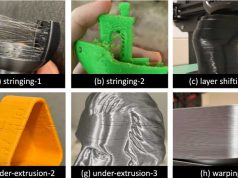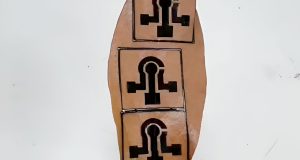A study by Indonesian scientists has investigated the influence of the internal structure (infill) of 3D-printed components on their mechanical properties. Using tensile tests in accordance with the ASTM D790 test standard, the team tested various combinations of internal and external infill patterns.
A special polylactide filament (PLA) called “Super Tough PLA” from the manufacturer CCTree served as the starting material. According to the manufacturer, it is characterized by high toughness and impact resistance. The Anycubic 4Max 3D printer with a 0.4 mm nozzle was used for additive manufacturing.
The working group examined a total of 12 variants with different internal structures such as honeycombs, triangles or waves. In addition, these were combined with various external patterns, known as shells – either in concentric circles or in a straight line.
As a result, all samples showed a similar fracture pattern with visible delamination between the individual layers. The highest flexural strength of 45.8 MPa on average was achieved by prints with wavy infill (“wiggle”), while hexagonal honeycomb structures achieved a significantly weaker 27.1 MPa.
The complete paper by Pristiansyah Pristiansyah, Hasdiansah Hasdiansah, Sugianto Sugianto and Naufal Rafiq Muhammad can be downloaded here.
Subscribe to our Newsletter
3DPresso is a weekly newsletter that links to the most exciting global stories from the 3D printing and additive manufacturing industry.




